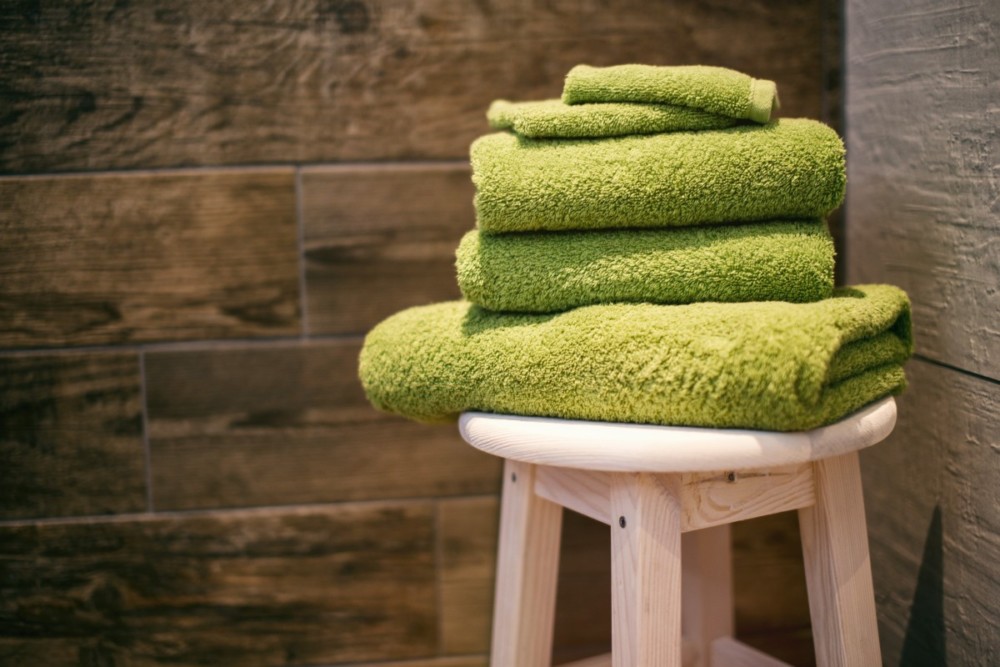
7 Steps to Go Green: In the Bathroom
The bathroom can seem like a daunting place to choose sustainable products and develop greener behaviors. It’s the most important room in our residences when it comes to personal hygiene and keeping clean, yet most bathrooms contribute to an unclean planet. It’s hard enough to find products that meet your budget and work with your skin or hair type, and it can seem overwhelming to add environmental concerns to the checklist.
But by reading up on the alternatives and changing your habits one by one, you can greatly reduce the bathroom trash you produce, conserve resources like water and energy, AND not break the bank (and maybe even save some money!).
The first step is knowing what steps you can take.
7 Ways to Reduce Your Impact on the Earth in Your Bathroom
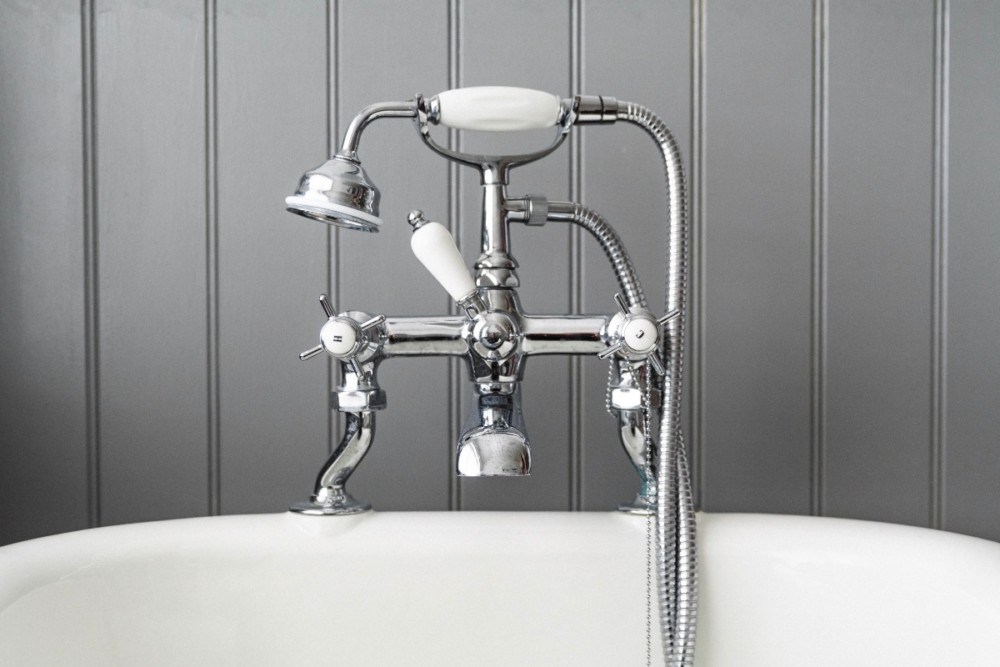
1. Save Water!
Take a moment to fill out this Water Footprint Calculator to see where you waste the most water and where you can make the biggest difference.
Did you know that the average person loses 10 gallons of water per day to leaks? That’s 14% of your daily indoor use of water! Make that another reason to run an audit of all your bathroom pipes and faucets to check for leaks, and get them repaired ASAP!
Take a look at these additional ways to cut down on your water usage:
- Limit your shower or bath time. Try timing yourself with an alarm or play the radio and keep track of how many songs play. Try and get down to one or two songs.
- Don’t let the faucet run, particularly when you’re brushing your teeth! Try turning off your shower while you soap up or shave.
- Did you know that if you use a low-flow showerhead, you can save 15 gallons of water during a 10-minute shower? (source) It costs you money up front to make the switch, but you’ll save money in the long run by lowering your water bill.
- Stick to showers and think of baths as occasional treats. According to the Water Footprint Calculator, “The average bath uses 35 to 50 gallons of water, whereas a 10-minute shower with a low-flow showerhead only uses 25 gallons.”
- Keep a bucket in the shower, especially if you’re letting it run while waiting for the water to warm up, and use the water it catches to water plants, flush the toilet, or clean
2. Find Greener Menstrual Products That Work for You
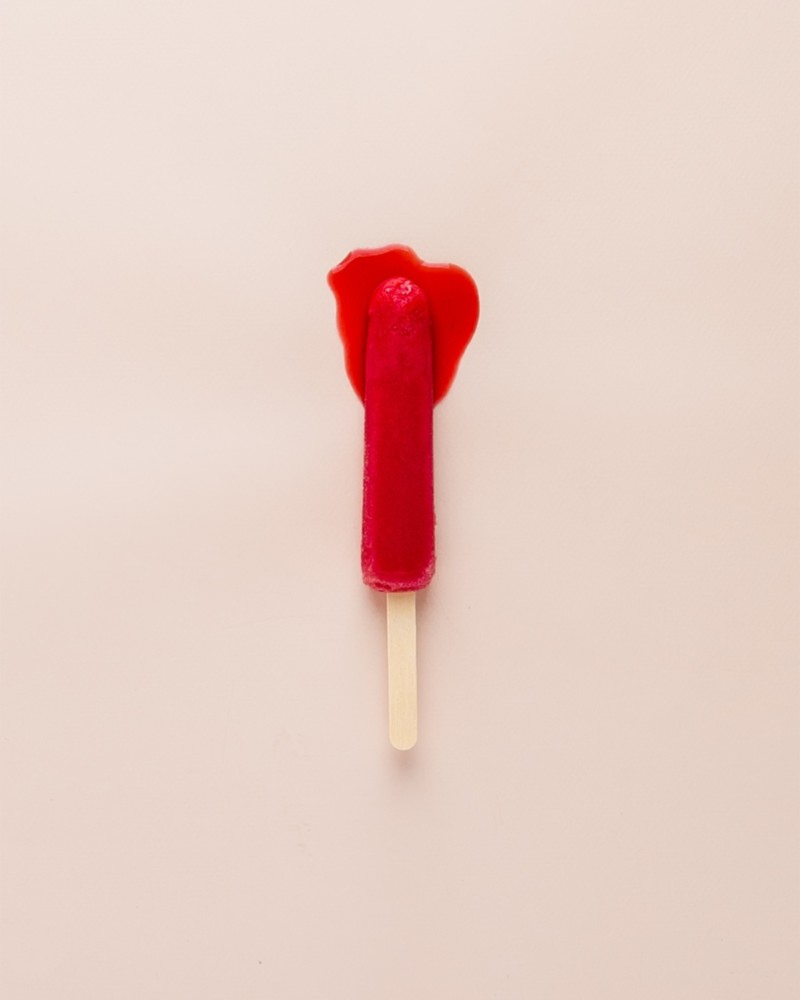
For people that have periods, menstrual products normally need to meet a few criteria: convenience, accessibility, effectiveness, and cost. We encourage you to consider adding another box to check: sustainable. According to the book Flow: The Cultural Story of Menstruation by Elissa Stein, the average menstruating person throws away 250-300 pounds of menstruation-related waste in their lifetime, which ends up in landfills. While this may seem negligible in the grand scheme of things, Green Philly believes that every step matters.
Here’s a quick overview of some of the available options:
- Reusable menstrual cups: An alternative to tampons, these also catch your flow while inserted. But instead of throwing them away after every use, you empty them out, wash them properly, and reinsert. (Want to read about Julie’s experience with the Lunette Menstrual Cup? Check out this Green Philly post here.)
- Period underwear: These absorbent underwear catch your flow, some with and others without any other period product, making them easy, comfortable, and long-lasting options. Depending on the heaviness and length of your flow, you may need several pairs, and they’re more expensive than standard underwear.
- Reusable pads: Cloth pads are the sustainable alternative to single-use disposable sanitary pads. You simply put them in your underwear and they absorb the flow; afterwards you rinse them out in cold water and add them to your laundry.
- Organic pads & tampons: These are still disposable, but use cotton that was produced more sustainably then conventional cotton.
- Tampons without an applicator: If tampons are the best choice for you and your needs, try a brand without applicators. You insert them with your fingers, skipping the plastic waste from the applicator.
- Softdiscs: These are similar to reusable menstrual cups, as you insert them and they then collect your flow without absorbing it. But an important difference is that softdiscs, also know as soft cups, are not reusable. We recommend using them to test out how a menstrual cup feels before you take the plunge and buy one.
3. Switch Up Your Tooth Care
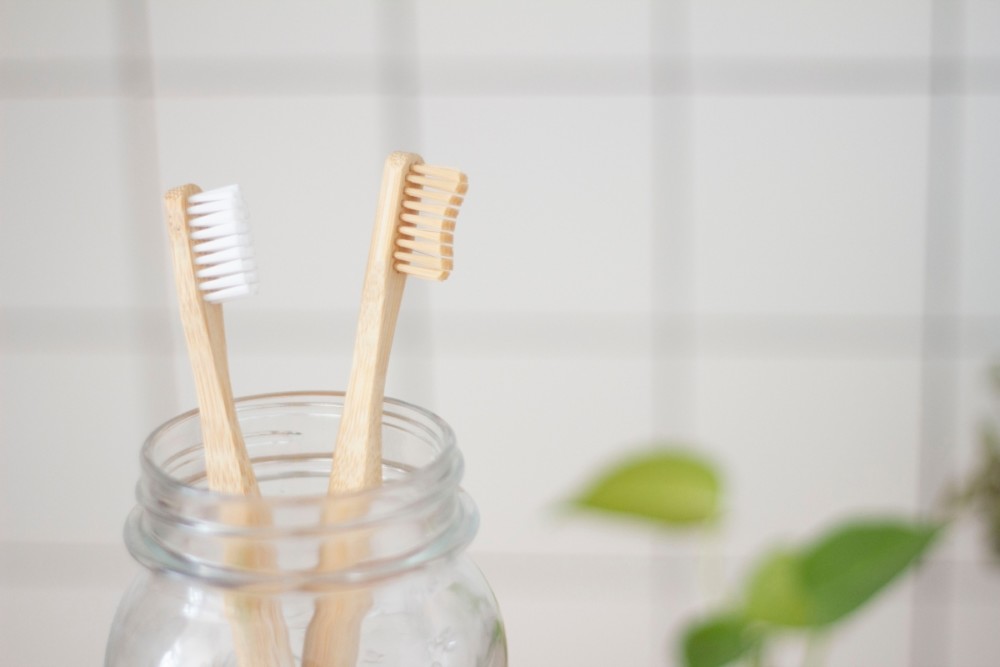
A lot of plastic packaging originates in our oral care routine. Toothpaste tubes, floss containers, plastic toothbrushes, and mouthwash bottles all have greener alternatives.
- Opt for a compostable bamboo toothbrush once you finish with your current brush, instead of a plastic one. Need convincing that every little piece of plastic matters? Read this post on plastic waste statistics.
- Experiment with different low- to zero-waste flosses. There are several refillable options available now, many of which are made from silk or bamboo.
- Seek out DIY or store-bought toothpaste, which can come in powder, paste, or tablet form, that’s free from a plastic container.
- Make your own mouthwash, in liquid or tablet form! Skip that plastic bottle. Not into DIY? You can also purchase glass bottles of mouthwash tablets.
4. Try Out a Safety Razor, or Stop Shaving
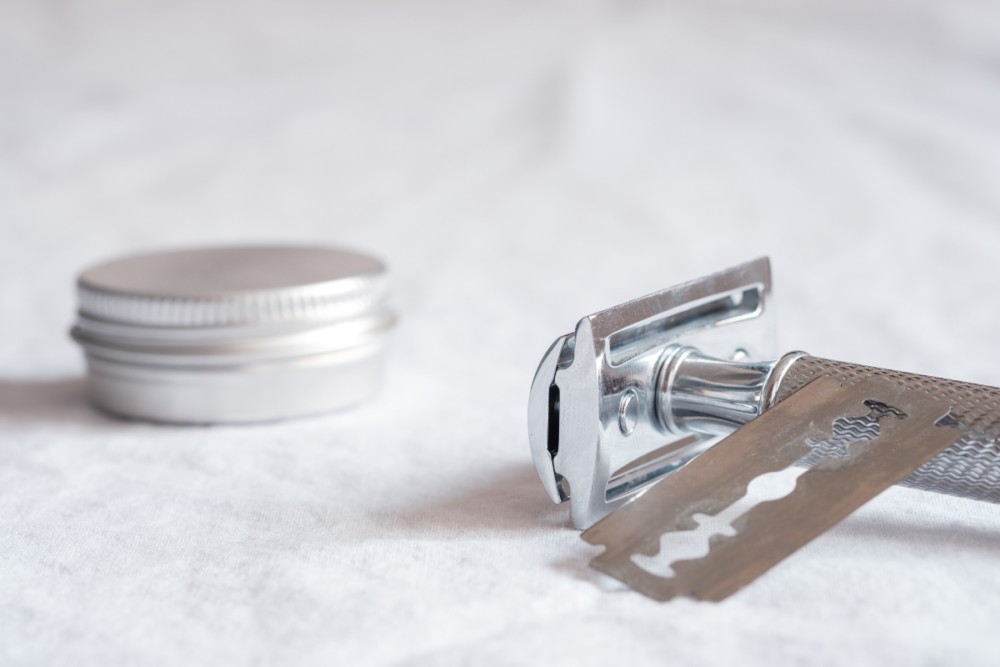
If you take a look at this graph, you can see that 163 million consumers in the U.S. used disposable razors in 2018, and the EPA estimated in the early 1990s that the US produced 2 billion disposable razors and blades every year. Like most plastics, the vast majority of these razors end up sitting in a landfill. So what can you do?
- Use a steel safety razor. These can last for years and the metal blades are replaceable.
- Consider shaving less, or not shaving at all. Here are 10 women on why they stopped shaving their body hair. #NoShaveNoShame
5. Substitute Your Soaps and Suds
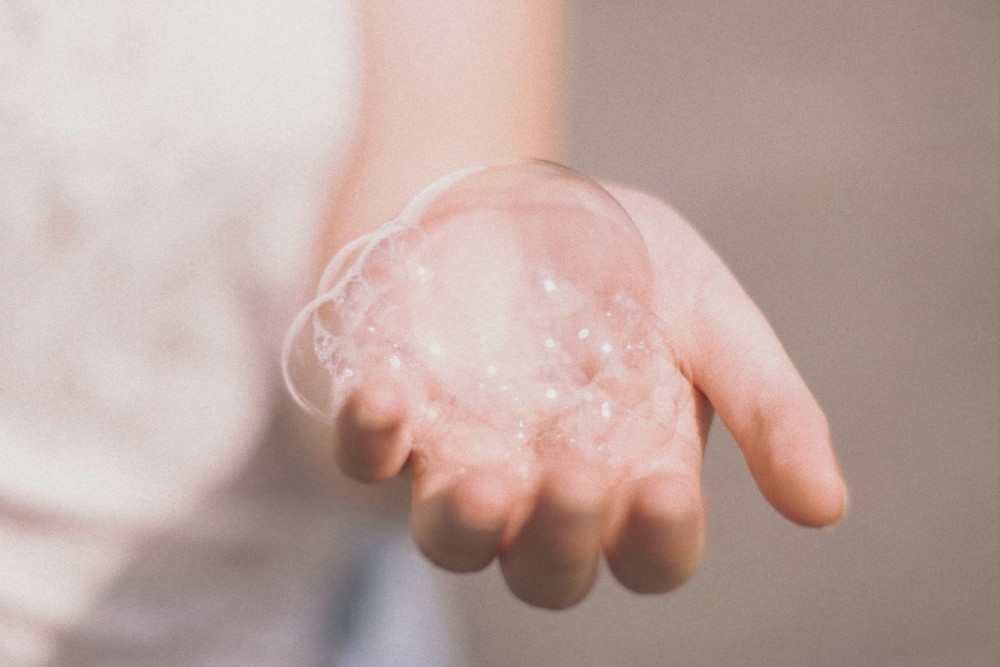
- Check out this Green Philly post, which includes how to use baking soda and vinegar to wash your hair.
- Next time you run low on soap, shampoo, or conditioner, choose a bar! For conditioner and shampoo, you just lather the bar in your hands or right in your hair, and then scrub away. This saves you from contributing to plastic bottle waste.
- Try dry shampoo the next time your hair gets greasy. Using this powdered product, which you can also easily DIY using cornstarch or arrowroot powder (plus cocoa powder for darker hair), can reduce the amount and time you shower.
- Are bars not working for you? Try body wash, shampoo, and conditioner in returnable and refillable bottles (Plaine Products is a great example, though it’s pricey) or compostable containers.
- Replace plastic loofahs, another product that takes up space in landfills, with a wooden or bamboo scrub brush, or natural loofah made of plant fibers
6. Experiment with Sustainable Skincare and Zero Waste Makeup Options
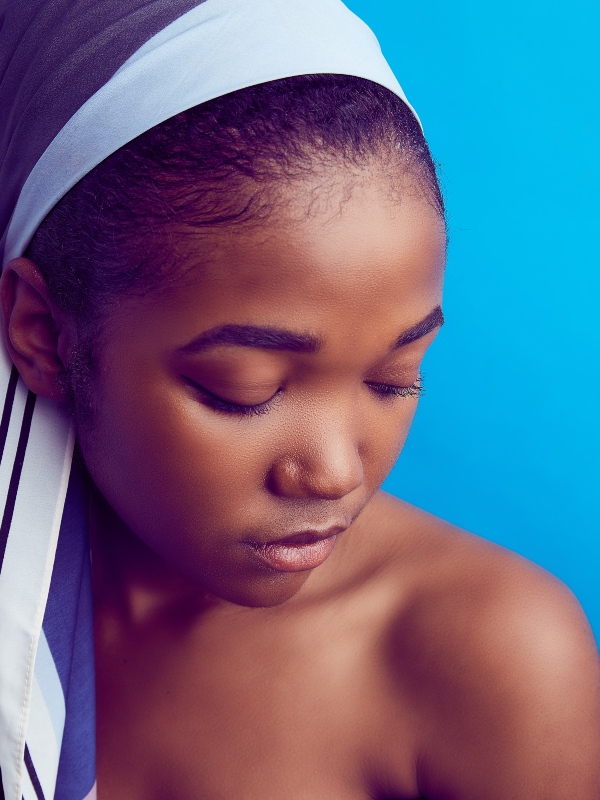
Try your best to avoid buying products in plastic bottles, containers, tubes, etc. But if there’s something you use, love, and can’t live without in plastic, see if you can at least buy it in recycled or recyclable plastic packaging.
If you’re willing to consider other solutions, take a look at these suggestions:
- Look for lotions, oils, and makeup in aluminum, bamboo, or glass packaging. These can be recycled, or in the case of bamboo, composted.
- switch from single-use cotton pads to washable, reusable cloth pads or rounds to cleanse your face or to apply and take off your makeup
- Make your own make-up. This is one of the trickier tips, as you’ll need to experiment with what works for your skin and your budget. But a quick search online will yield plenty of recipes for homemade powder foundation, eye shadow, lip coloring, and even eyeliner or mascara.
- Read this Green Philly post on DIY face masks for luxurious skin!
7. Consider the Toilet
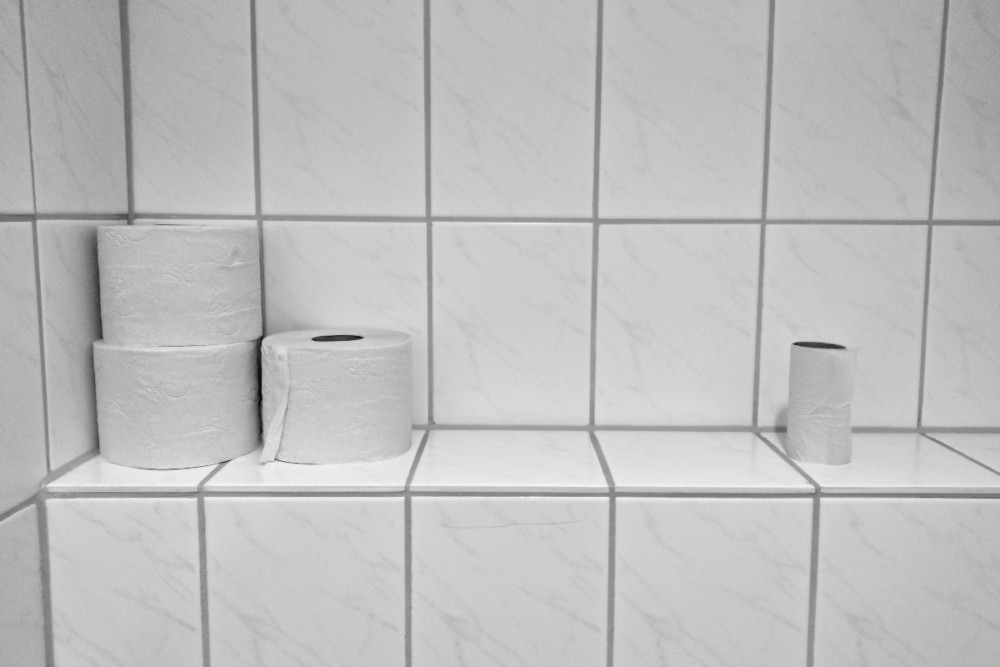
Rainforests aren’t the only important ecosystems being clear-cut. Boreal forests in the north end up in the toilet paper we use. Take a look at this Toilet Paper Sustainability Scorecard, and try to avoid the purchasing brands with an “F” score, since they don’t use any recycled paper content in their products. Although trees are renewable resources, the particular forests in question are vital to avoiding the worst impacts of climate change.
Looking for even greener possibilities? Check out the scorecard’s article to learn about bamboo toilet paper or investing in a bidet attachment.
Looking for more information or ideas? Take a look at these resources:
- https://www.goingzerowaste.com/blog/5-simple-swaps-for-a-zero-waste-bathroom
- https://www.goingzerowaste.com/blog/my-zero-waste-shower
- https://www.goingzerowaste.com/blog/2015/7/7/zero-waste-flossing
- https://www.nationalgeographic.com/environment/freshwater/water-conservation-tips/
- https://www.watercalculator.org/save-water/
- https://www.watercalculator.org/water-use/
- https://www.byrdie.com/zero-waste-beauty









